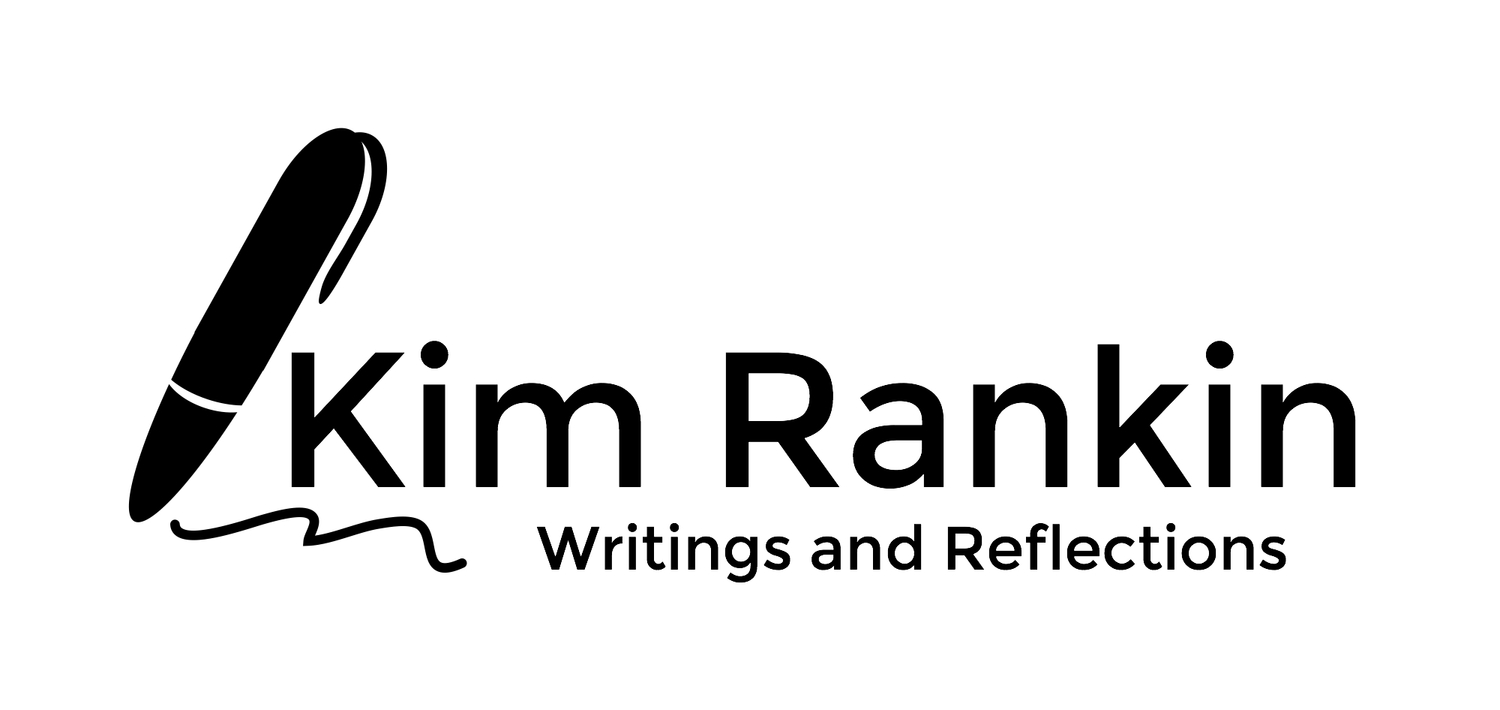Augmented Communication and Messy Play
I realized something new in our quarterly AAC consultation earlier this month. We were discussing Nathaniel's ownership of his device and the need for him to have it with him at all times. I've been honest with the team and on my blog that I struggle with this idea. He is three. He is little for his age. His device is a full size iPad. It is cumbersome for him even in the lightest case. I know he needs his words available. I dislike putting the responsibility on him to carry or wear them and thus be restricted in the freedom to be a little boy.
I brought up messy play. "Nathaniel shouldn't have to give up messy play because he is wearing his words..." I said. We use our water table daily three seasons of the year. On warm summer days, it is my son's "afternoon at the pool" experience. His device is exchanged for water, sand, shaving cream, cooked and dyed spaghetti noodles, mud, and rocks.
"He shouldn't have to give up communication for messy play," responded one of the therapists. I am pretty sure the team has said something like this before, but I heard it differently this time. I heard that words AND play is important. She did not want us to pick between them for Nathaniel; she wants him to have both at the same time. She went on to explain how to create and use a low tech version of Nathaniel's device.
I took a screenshot of the home page words, printed and laminated the photo. Nathaniel touches the first screen word to give a communication partner a general idea of what he wants to talk about. For example, touching RIDE on the home page photo indicates to me that he might want a boat, car, truck, or similar toy. Second screen words under RIDE are mostly vehicle vocabulary. If he were to touch PLEASE on the laminated first screen photo, I would suspect he is trying to communicate ALL DONE or UH OH!
This single card does not allow Nathaniel his full vocabulary. Printing all the second screens and assembling them in a book or something would do that, but such a system seems cumbersome to me, and our pace of adding new vocabulary is too rapid to go to this trouble. Rather, after he makes his initial choice on the home page card, we move on to a more immediate communication tool. If Nathaniel picks RIDE, I can narrower the choice to words under RIDE. I can hold up my right hand and say TRUCK and hold up my left hand while saying BOAT. His touching one or the other hand indicates his preference. Nathaniel's reliable head nod for yes or head shake for no also helps our communication once I know the subject or general topic. This dance between us as communication partners, where what is being expressed is more important than the vehicle of communication, is something I love about working with Nathaniel. I love the attentiveness we must give each other. I love the connecting. I love the gut intuition and requirement to be fully present in the moment that his nonverbal disability demands of me. And of him. He moves seamlessly between the expressive tools offered. He needs little coaching in how to use these new ideas. The desire to be heard and understood drives him to adapt quickly.
On the flip side, it is telling that I needed to be coached in how to think "low tech AAC." From what I understand, AAC used to be all paper and ink, hands and intuition. "Devices" were pages and pages of words and symbols that therapists, parents, and children learned to navigate like a seminary student finds a bible verse. My assumption that technology was going to be our primary tool, and the fact that Nathaniel had access to a high tech device so young is a victory for those in the trenches trying to change augmented communication. Well done to all who have influenced our journey. Well done to the mom who wrote a blog of her own child's journey. To the app developers. To the therapist who sat week after week on my playroom floor and saw the potential in a child clearer than a hesitant, frightened baby from the foster system. Well done to Nathaniel's siblings who bought his first iPad. To the therapist who welcomed and heard me when I walked into our first AAC consultation with iPad in hand. Archaic theories and outdated standards of any discipline are changed when people welcome, see, offer, and invest. Well done to our current team who is willing to tap back in to decades of reliable AAC techniques and apply what is appropriate to fully support Nathaniel's communication needs. The journey has been a concoction of new and old, screen protectors and paper, chargers and sign language. It has been messy. The refreshing water play on a hot summer afternoon kind of messy.







